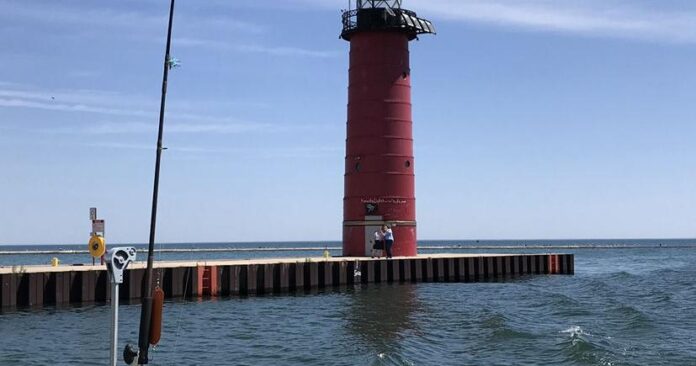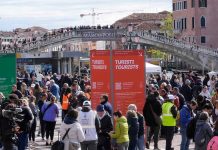In 2015, the travel industry began tracking usage of vacation days in the United States. Surveys showed that a large number of vacation days were going unused. So in 2017, the U.S. Travel Association began a campaign to encourage Americans to use those hard-earned vacation days.
National Plan for Vacation Day is now recognized on the last Tuesday in January as a day for Americans to plan their vacation days for the whole year at the start of the year and it is meant to inspire people to use those days to travel to and within the United States. This year National Plan for Vacation Day falls on Jan. 25.
The pandemic has drastically changed the way we travel. It’s left some people very cautious and more apt to skip taking a trip. For others, the stress and rigor of the pandemic has made getting away even more desired and needed.
According to the USTA, Americans are burned out, but still not using all of their vacation days. American workers left an average of more than four days, or 29% of their paid time off, on the table last year. Yet 64% of Americans say they desperately need a vacation. In 2021, only one-fourth of Americans used all of their earned time off.
People are also reading…
I’m supportive of this day of recognition and encouragement for Americans to plan for their vacations. It’s so easy to say that we’ll get to it later and then it never happens. Even if you’re just penciling it in, it makes it much more likely that it will happen. My mom always used to say that you should always have something to look forward to — a party, a dinner, an excursion. She found so much joy in anticipating such things, and sometimes it made it easier to get through tough days when you knew something exciting was on the horizon.
Planning for vacation at the start of the year is something we’ve gotten used to over the years. In my husband’s profession as a firefighter/paramedic, the vacation calendar began getting passed around in early January. It would go to the most senior guys on shift first, who would get to pick one round of days, then it went on to the next guy. Then it would come back around for each guy to pick the remainder of their days. So, usually by late January we at least knew what days he would be off work and we could plan our family trips. Sometimes, destinations were picked at that time, and sometimes they were finalized a little later. Even if you’re not quite sure where you’re going, it’s a good habit to get into to set aside those days at the beginning of the year.
As the pandemic lingers on, it still leaves question marks as travel is planned. There’s no way to know if another variant will cause travel concerns four months from now, or if travel restrictions might be put in place, or if someone in your family might come down with COVID. Before finalizing any reservations, be sure to ask about cancellation policies should there be a situation that prevents you from traveling.
If you’re not comfortable in large crowds, there are still options that will help you get away from home and unwind, from small lodges to cabins to Airbnb locations or full-house vacation rentals. We’ve done a couple such trips during the pandemic, where we could spend some time away but hardly have to interact with anyone else or spend time inside any buildings except the rooms we were staying in.
Plan to drive if you are apprehensive about flying. This puts you in control of how much contact you have with others and the closeness of being together in a vehicle for hours can provide a lot of fun memories.
Getting away does’t always have to mean a grand, expensive trip. There are a lot of ways to travel on a modest budget and many websites and apps that can help you find the best price — utilize them. Rather than staying in a large city, seek out lodging or attractions in a less expensive suburb. Travel during the week rather than on weekends, when your visit would be more expensive. Consider traveling in the off-season when you’ll find even more discounts. Also, always do your homework and learn as much as you can about where you’re going. Find things you’d like to do and then go about finding the cheapest way to do them.
One suggestion I always give is to contact the visitors bureau or tourism office of the place you plan to visit. You can find a lot of information on the agency’s website, but if you prefer to flip through color pages, you can always request a hard copy of their visitor guide. I like this old-school method of going page by page, circling things that interest me and marking pages with Post-it notes. Most offices put out a yearly visitors guide of updated information on their members with maps, articles, discounts and more. A phone call to their office or face-to-face visit to their visitor center upon arrival will almost always yield little bits of info you may not have known or recommendations for places that only the locals will know. I never travel anywhere without checking out the spot’s visitors bureau website in advance.
Plan out a rough itinerary to help you structure your days and best manage your time so that you can get the most out of your trip. You can always leave room for flexibility, but typing up an itinerary in advance will just help keep you on track and help insure that you squeeze in the most important things that you want to see and do.
Start exploring magnificent places with our weekly travel newsletter.













